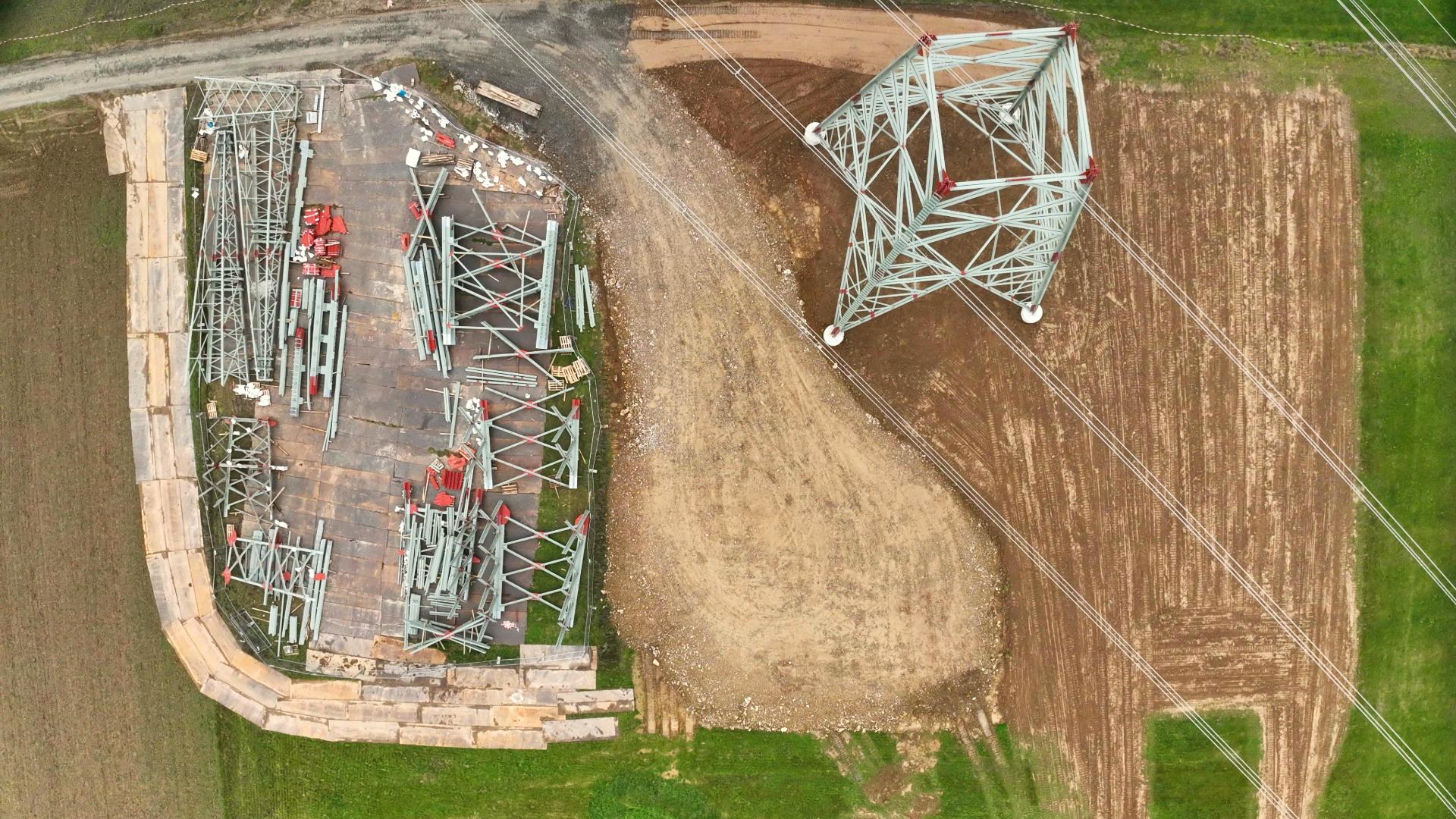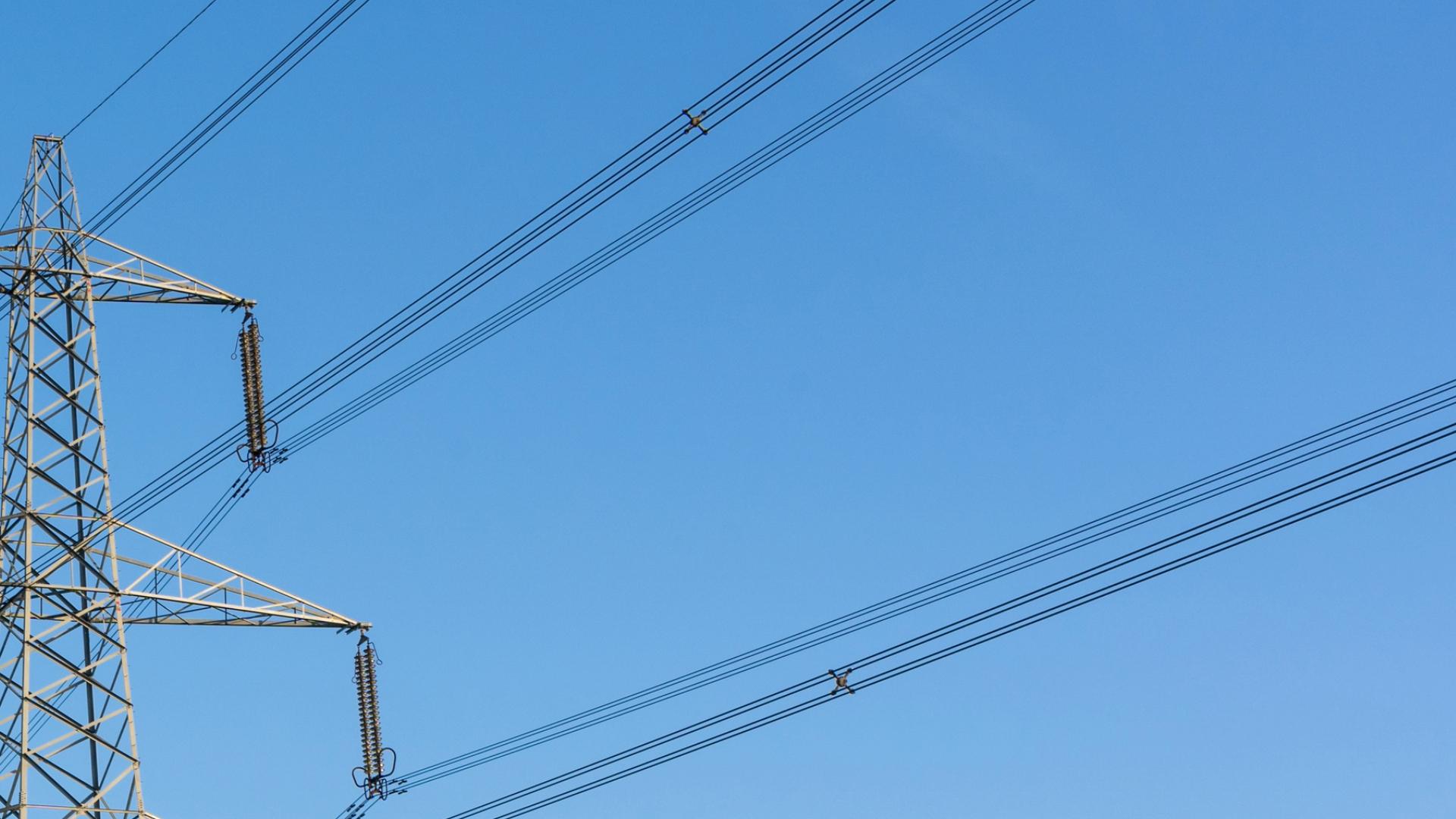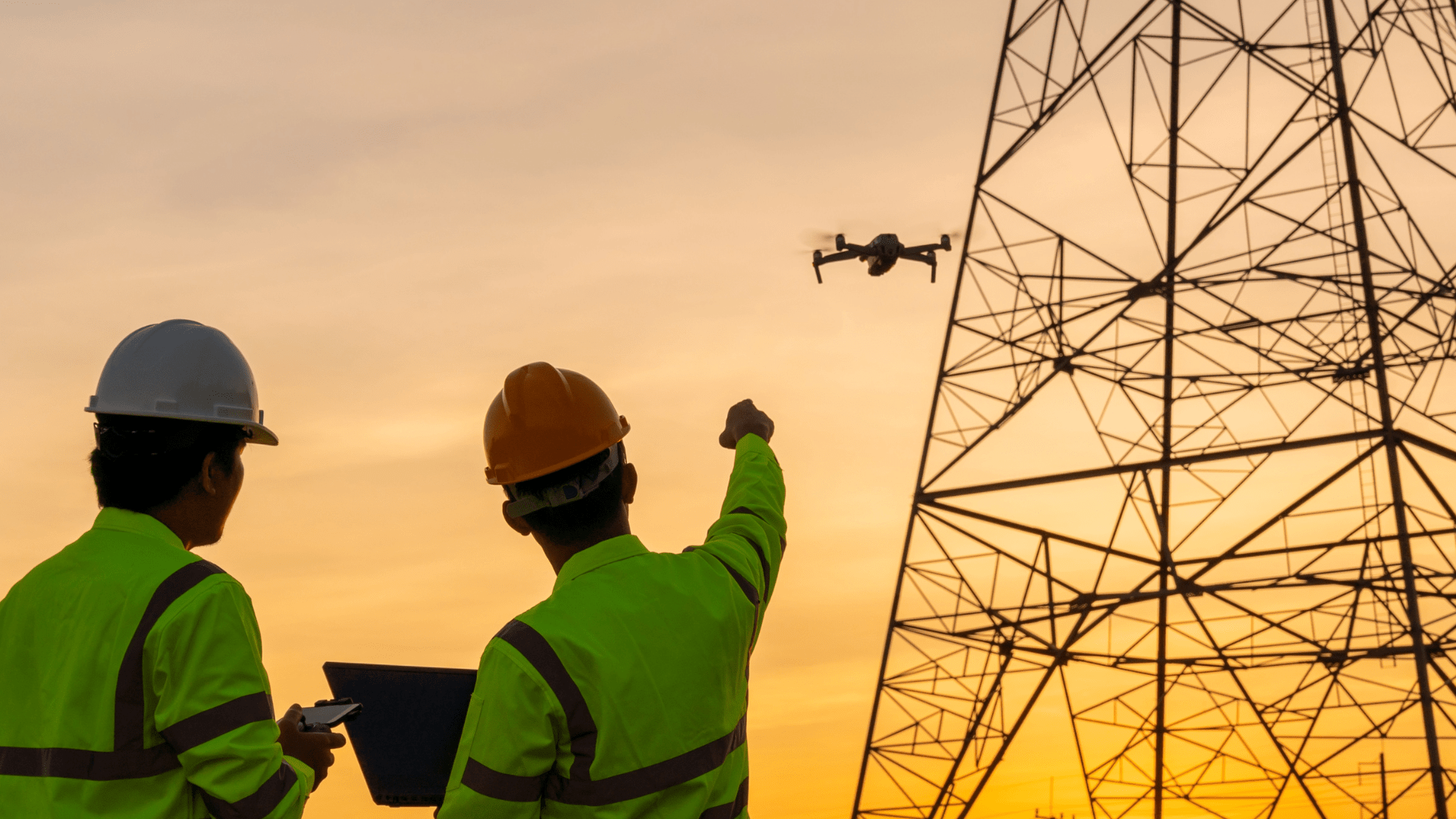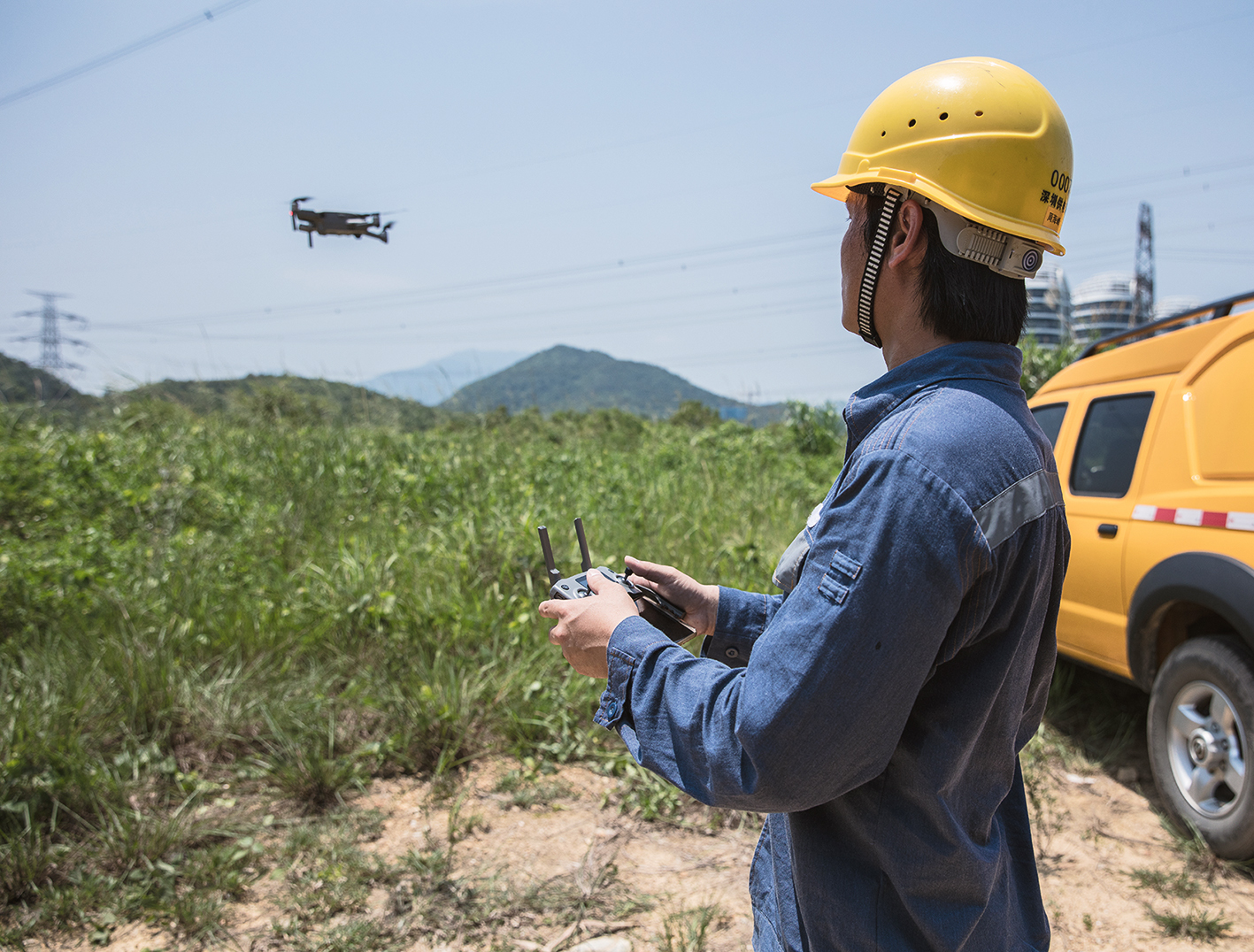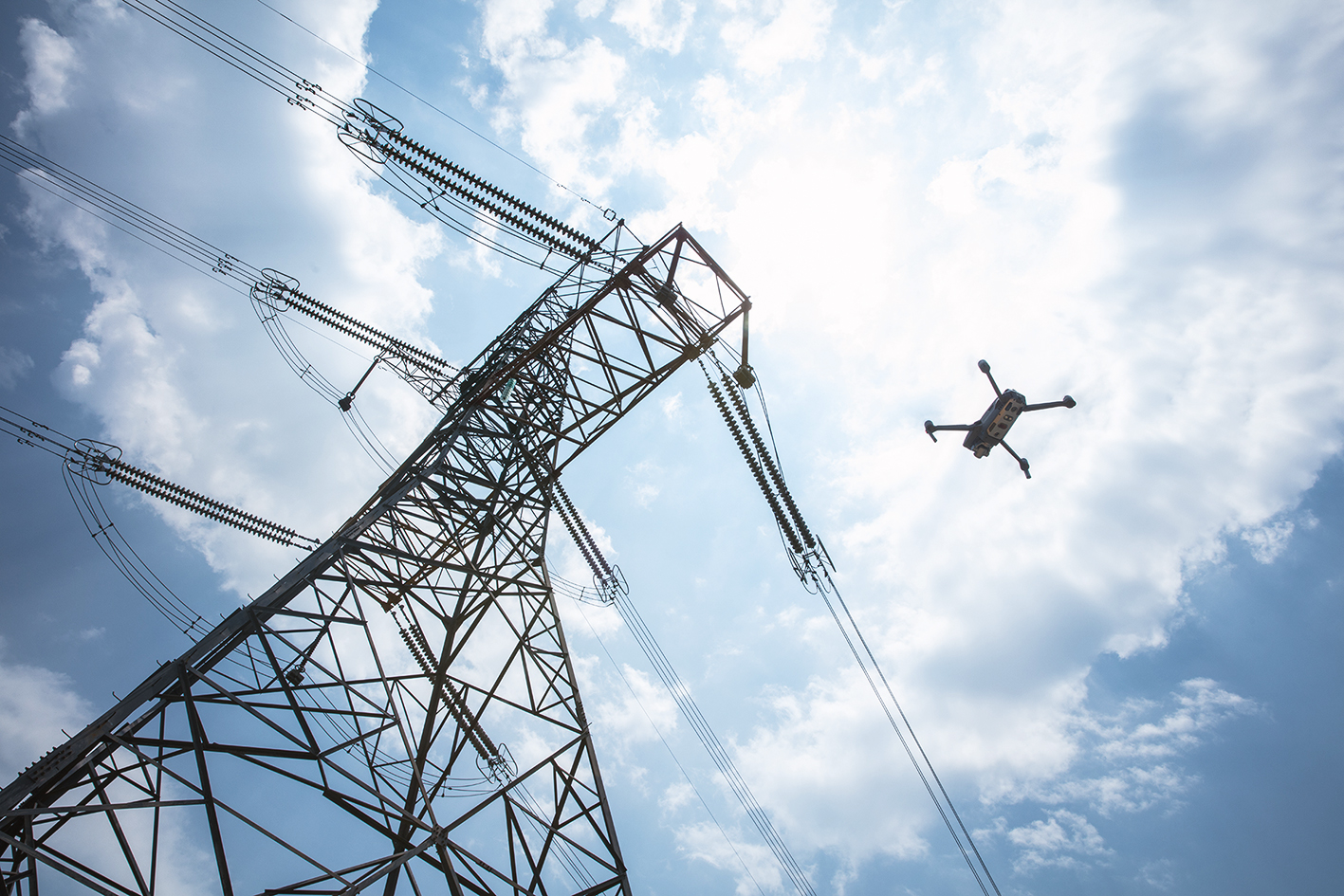There are a number of myths related to mobile masts and the flying of unmanned aerial vehicles (drones).
Again and again, there are stories that the deployed multicopters / drones get out of control and either crash or remain on the roof of a house or a tower. However, the question arises again and again whether it might have been a user error rather than a faulty device.
You should pay attention to this! Turbulent winds are a real danger for drones
Often we experience that necessary distances to towers or house walls were wrongly estimated and appropriate authority is missing. Towers or skyscrapers generally produce stronger winds than the surrounding countryside. The sun’s rays heat not only the building but also the concrete floor or the steel structure of the urban buildings, and this heat is stored by these buildings. Therefore cities are often warmer than the surrounding countryside. The warm air in the city rises like in a chimney, cools down again at medium altitude and drop winds circulate down the house walls. These turbulent winds thus pose a danger to the use of unmanned aerial vehicles. Roads, alleys and other urban canyons contribute to the creation of a corresponding speed of the winds that are not immediately apparent. Winds can quickly increase tenfold at the edges and corners of houses. In addition to the necessary operational, technical or engineering knowledge, flying skills are also required. These can surely not be learned by reading. Companies, which would like to use drones for inspection purposes, have to decide whether to use their own drones or to hire a specialist. Either way, you must carry out your project planning as accurately as possible, which in this case forces flight planning. With Map2Fly_PRO you can check an initial overview of possible operating bans and legal requirements by carrying out your resource planning and automatically validating your flight route.
Increase your revenue with inspection and maintenance of mobile masts
In this article, however, we would like to briefly discuss the interesting use of unmanned aeronautical systems for the inspection and maintenance of mobile masts. Most readers always remember the classic aerial photography. Here you can monitor the nesting of birds or simply check the antenna itself for damage. In addition to checking the inspectors´ropes, corrosion protection work or many other components relevant to operational safety, there are many more possibilities.
Advantages of checking the radio range
Drones are also able to check the radio range with the appropriate payload. This is supplemented by the environment analysis, which includes an investigation of existing radio networks, which results in very interesting information content for customers. Especially if this information is also prepared graphically by a professional. Imagine, a football transmission breaks off, because corresponding antennas cannot transmit your signal sufficiently. For this purpose, regular checks are carried out in the well-known stadiums of the world. Without unmanned aeronautical systems, this can take several weeks or at least several days. With a drone and corresponding payload, this is possible in a few hours.
The Telekom subsidiary T-Mobile Netherlands was the first operator to carry out these inspections three years ago.
More than 70,000 mobile radio systems need to be serviced
According to the Federal Network Agency, there are over 70,000 locations in Germany with mobile phone masts, and the number of these should continue to rise in the course of digitization. So it’s up to you which topic you choose. There are enough applications and areas of application for unmanned aeronautical systems.
The location of each individual antenna is relevant for the quality of your network. The use of a multitude of mobile services determines our everyday life and therefore feasibility studies or network planning are particularly important. There are a wide variety of manufacturer-independent mobile radio systems for the common standards GSM, 3G, and 4G. When it comes to setting up and locating antennas or integrating them into an urban environment, the applications become more complex. In addition to a georeferenced survey of the site, you need reliable data for the inventory and structural documentation, which you can also supplement with radio field measurements for control purposes. A number of deadlines elapse before the configuration and final inspection of the installation and assembly. It is now all the more practical to integrate the drone tool as easy as possible so that considerable advantages can be used in site management, planning, and maintenance.
How to find all mobile radio antennas in Germany and plan your orders quickly and successfully
Certainly, mobile phone antennas in Germany are not registered. A search for the respective locations is therefore often somewhat difficult. With the map of the Bundnetzagentur, you get a lot of helpful information and can see the locations of all recorded antennas on a GoogleMaps surface. With FlyNex you can then plan your projects with drones in simple steps. For this, our cloud-based software solution offers and supports companies with their projects. FlyNex uses specially developed software to plan flight routes and implement the deployment of drones in just a few steps. With just a few clicks you decide where you want to fly and receive all relevant information from one source. This reduces your planning effort from hours or days to a few minutes. The number of mobile phone antennas is constantly being expanded. Start directly and secure your project success.
MAP2FLY sets the standard
Not only thousands of pilots trust in the MAP2FLY mobile app but also internet portals like CHIP recommend the app for all drone pilots.
Not only was the app rated very good, but it is also among the top ten downloads for drone apps in Germany. Thus MAP2FLY does not only set the standard in terms of geodata or the drone market but helps all drone pilots to fly safely and always keeps them informed.
We wish all pilots a lot of fun and success with all their projects.
The FlyNex Team

